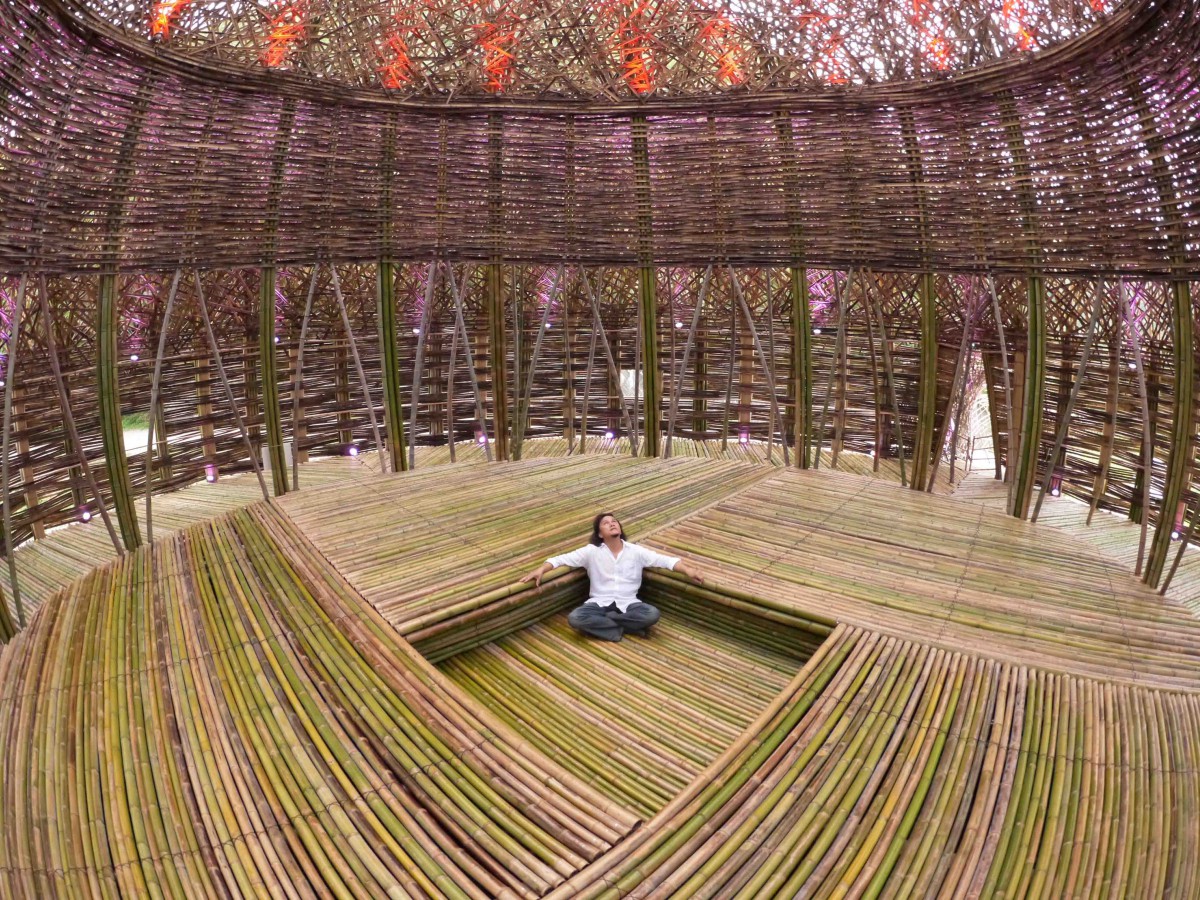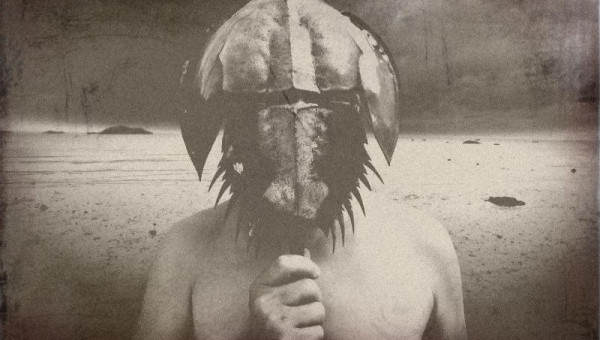Report | Wang Wenzhi - The Bihu Weaving House

Bihu Park (碧湖公園), in Neihu District, is surrounded by green hills, and at its center, Bihu attracts significant numbers of egrets, geese, ducks, and other waterfowl. Close by, on Section 2, Neihu Road (內湖路), is the Bihu Weaving House (碧湖織屋), built in faux-antique style. The tranquil surface of the lake, with the Bihu Weaving House nestling behind, make a poetically attractive picture. The house has a relaxed ambience and is a fine spot from which to enjoy the scenery of the lake scenery, which is rich in both natural beauty and culture.
Farming was a key element of the economy here in the past, and to supplement the family income the local women made a wide range of woven- bamboo implements. which were much in demand. The Bihu Weaving House was created by internationally renowned landscape artist Wang Wenzhi (王文志) and students from Nei-Hu Community College (臺北市內湖社 區大學). The body of the structure was made with high- strength, high-tensility bamboo – 4,000 staves of makino and moso bamboo sourced from Meishan Township (梅山鄉) in Chiayi County (嘉義縣). The foundation is made of reinforced concrete. The 206 community college volunteers involved in the project took a month and a half to weave the structure.
Artist Wang, who grew up amidst the bamboo groves of Meishan, has a deep affection for bamboo art. Four years ago he created the acclaimed Taiwan Pavilion (臺灣館), part of the Global Garden Area (寰宇 庭園) in the Fine Arts Park Area (美術公園區) of the Taipei International Flora Exposition (臺北國際花卉博覽會). His creative concept for the Bihu Weaving House was the symbol of the castle, and in particular the dream castle of our imagination. Wang hopes the Bihu Weaving House will inspire more people to visit this area, and gain a deeper understanding of Neihu District’s history.
Visitors first traverse a covered gallery that curves for about 30 meters before entering the house, symbolizing the process of spiritual purification. Along the corridor they can enjoy the heat of the sun’s rays and the lake-and-mountain views through the bamboo- weave apertures and viewing windows. Once inside the 15-meter-high main structure, take off your shoes and have a seat on the “Meditation Platform” (靜心 平臺), contemplating the beauty of the bamboo art. The interior is a single unobstructed space that can accommodate 60 to 70 people, its delicate, interlacing lines symbolizing the interaction between people. A square copper plate in the middle of the platform reflects incoming light from a circular skylight above, and together they symbolize the ancient Chinese cosmic concept of a round Heaven and square Earth. Lay down on the platform for a peaceful, calming “return to nature” experience. After enjoying the serene beauty of the Bihu Weaving House, Taiwan harmonica virtuoso Peng Renjie (彭仁傑) composed The Weaving House Song (織屋之歌) to commemorate the experience.
Each night after sunset the Bihu Weaving House is lit up with a romantic LED light show. Wang personally designed the magical lighting, which bathes the lakeside in lustrous radiance and creates a dazzling effect while inside the house. If watching from across the lake, it appears as though countless dots of starlight are settling on the weaving-house castle.
Note that until the end of the year, various groups have been invited to give music performances on the Meditation Platform from 4 to 6 pm each Saturday. Wang’s hope is that the Bihu Weaving House, in addition to being a space for public installation art, will serve as an oasis for performances, meditation, tranquility, and leisure, where busy city folk can escape the urban rush for awhile, relax and enjoy this blend of natural and man-made beauty.


